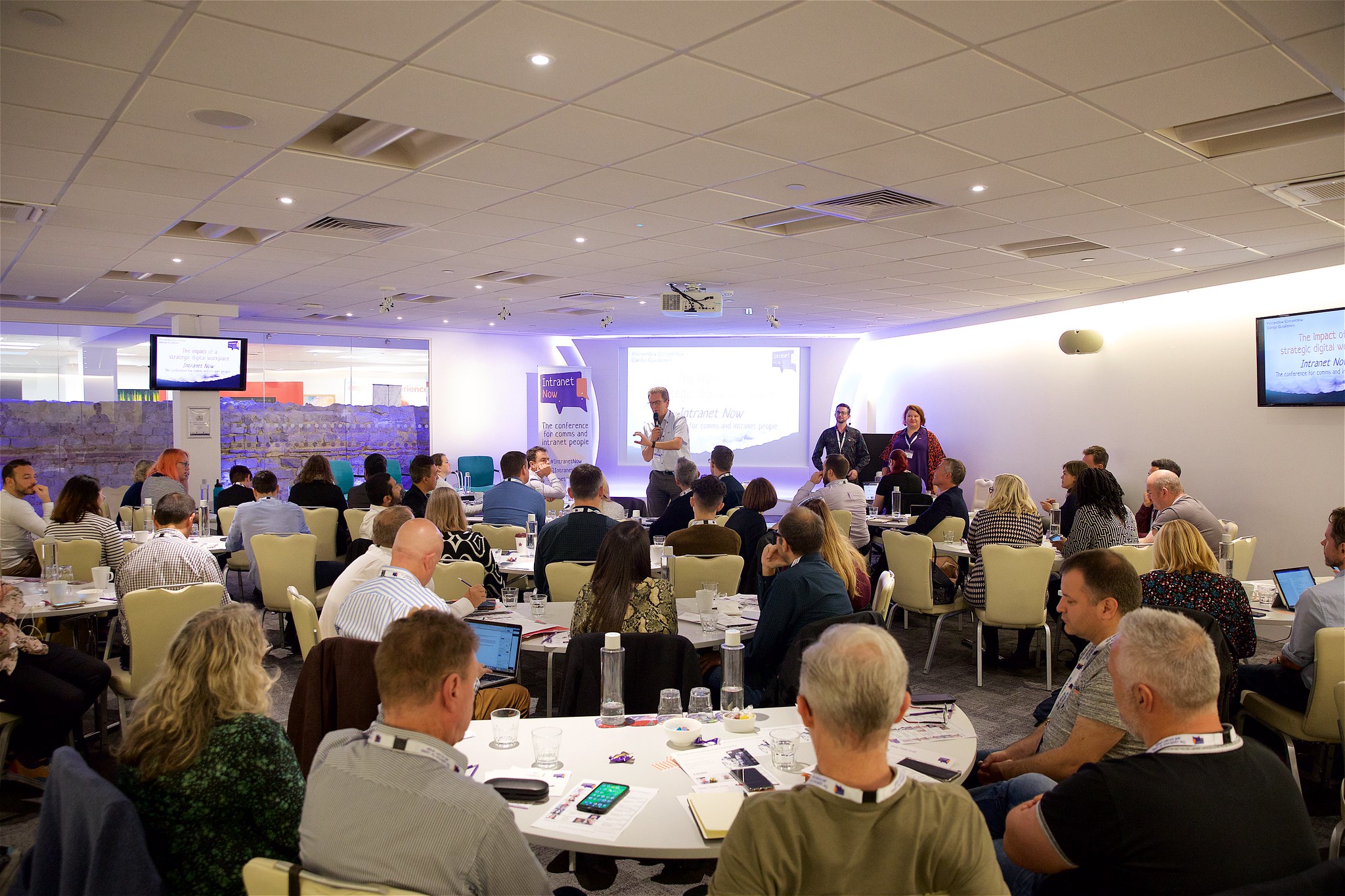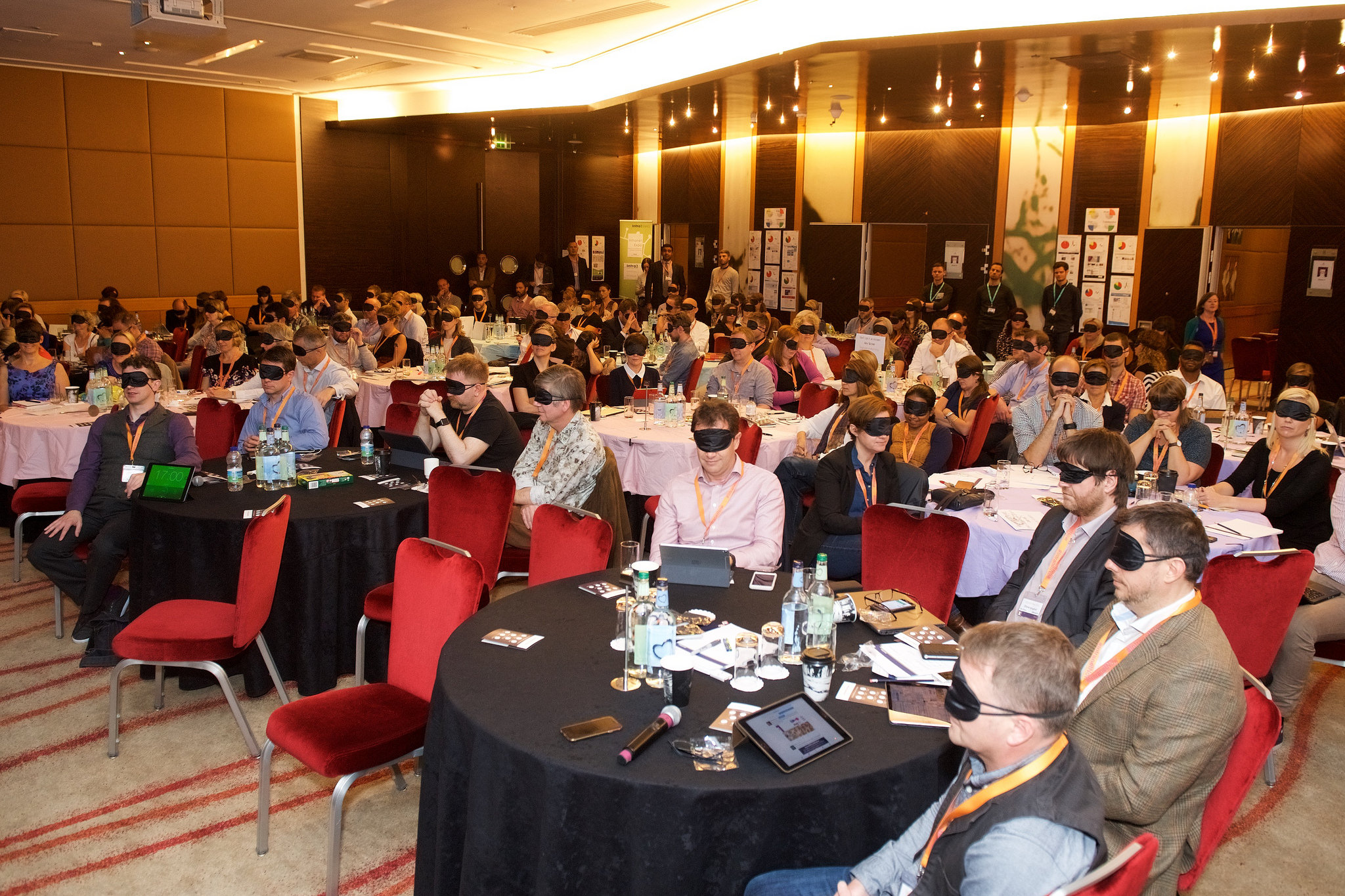Tag: intranetnow
-
Intranet Now – October 2019
This time with…strategy It feels a little odd to be back at One America Square so soon after the last Intranet Now conference, not that I’m complaining. The previous Summer Edition was an experiment that I very much enjoyed (Intranet Now 2019 Summer Edition), and it is always a pleasure to immerse myself in the…
Written by
-
Intranet Now 2016
Photo courtesy of Intranet Now Two weeks after the intranet heavyweights Gerry McGovern and James Robertson headlined Interact’s Interaction conference, Wedge Black and Brian Lamb took a different approach with Intranet Now. The event zipped along with shorter-form talks between 7 and 22 minutes, and the only opportunities for questions during the afternoon World Café and…
Written by

